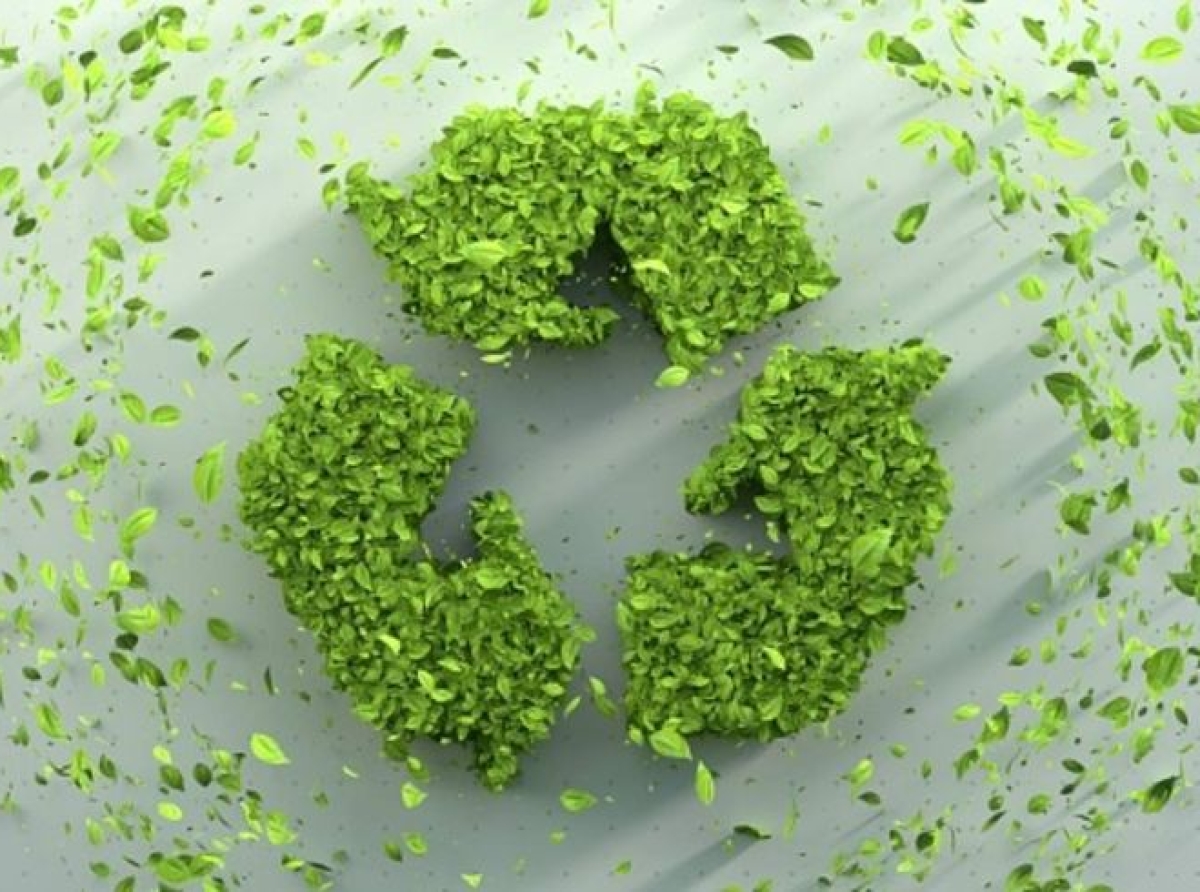20 September 2022, Mumbai:
The 2030 Agenda for SDG, endorsed by 193 Member States at the UN General Assembly Summit in 2015 and became effective in 2016, is a game-changing initiative that includes the 17 SDGs and several objectives. This 2030 global agenda is based on the universality concept of "Leave No One Behind." All people, everywhere, must be a part of development in all forms, and involvement from everyone, especially the most marginalized and vulnerable, is essential. This holistic agenda bringing a wealth of knowledge acknowledges that it is no longer adequate to only focus on economic growth but also on creating fairer, more equal communities and a safer, healthier planet.
Action point
Without the corresponding remark on the current quo in the States, any national pronouncement on the SDGs is lacking. The States are receiving sufficient technical assistance from MoSPI to create an inclusive and thorough SDG Monitoring Framework. To help and support States/UTs in developing a State Level Monitoring Framework in their respective States/UTs, the Ministry has created and distributed guidelines for establishing State Indicator Frameworks (SIF).
Preamble
The Global Goals, which include 169 objectives to be achieved by 2030 and more than 232 indicators to track progress, were created to encourage favorable outcomes for people, the planet, prosperity, peace, and partnerships. The Global Goals' focus on issues like poverty, hunger, health and well-being, equality, education, sanitation, decent employment, and production aligns with the present problems and dangers the clothing and textile value chain is currently experiencing. Governments, NGOs, and companies have all broadly endorsed the Global Goals.
Pull V/s Push
Companies occasionally have a more significant influence than governments. Companies may position themselves as global leaders rather than just business leaders and recast their successes as victories for the globe by connecting their business and sustainability plans to the Global Goals or altering their business models. In addition to being the key to long-term SDG achievement, the SDGs will influence corporate transformation.
Stand in good stead
While each SDG is significant, it's possible that some SDGs will have a stronger impact on a company's business objectives and competencies than others. Leading businesses intensify their efforts to achieve their top SDGs and collaborate with other groups. Leading industries recognize the benefit of collaborating inside their supply chains, especially when addressing complex sustainability concerns in sourcing locations because diversity brings diverse ideas to the table. They also consider the interconnectedness of the 17 objectives, emphasizing the need for a comprehensive strategy to guarantee that the accomplishment of one SDG does not negatively impact the achievement of the others.
Driving textiles to achieve Sustainable Development Given the precarious situations of the day let us take argument sake the perspective of the textile industry. Realizing that no market is decoupled today & in the wake of overarching themes put out by Global Goals having an industry overhang thus, posing its own set of challenges, threats, and risks on the (T&C) apparel and textile value chain both globally and back home in India.
Trying to cite here a quick industry anecdote that some over ten years ago, the sportswear company PUMA pledged & started taking steps to stop the consequences of climate change. They naturally decided to participate when UN Climate asked them to join in an effort for the fashion sector. Since then, PUMA has has collaborated with other stakeholders to create the Fashion Industry Charter for Climate Action, a framework that aids companies in addressing the climate problem by developing and implementing their sustainability policies following other actors. The Head of Corporate Sustainability at PUMA, Stefan Seidel, stated that industry partnerships serve as drivers for systemic change. "When we talk about sustainability, brands frequently have identical objectives, but to a certain extent, they are constrained by their resources and supply chain reach.
Momentous
There is a sole talk around the spirit of accomplishing broader Sustainable Development Goals & as a matter of fact the sector has to stay constructive on promoting the textile sector which is not an end in itself, but a necessary means.
It is natural to expect therefore anything falling out of the sustainable pathway while persuing in the spirit of the game will fall out of place given that the ideals of the Indian textile sector are very much harmonical, symmetric & well-aligned with the mindfully designed, stated enshrined preambles of sustainable development goals (SDGs).
Despite trepidation trade is all out leveraging to promote sustained economic prosperity/faster path of growth thus spurring meaningful employment, fuelling innate entrepreneurship which is very central to the Indian textile sector.

























